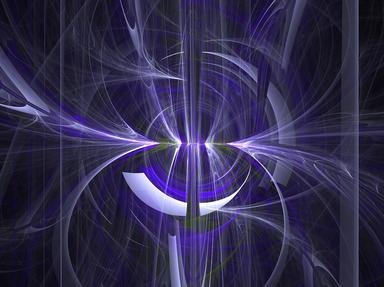Quiz Answer Key and Fun Facts
1. Johannes Kepler was better known as a mathematician and astronomer. However, in 1604 he did something different. What was it?
2. What is an umbra?
3. Willebrord Snell solved a problem in 1621. His solution became as 'Snell's Law'. In basic, what is this law?
4. What is the 'Brockenspekter'?
5. What is white light made from?
6. Light travels in waves.
7. Why is ultraviolet (UV) light able to penetrate and burn skin?
8. What is light amplification by stimulated emission of radiation?
9. What is light subtraction?
10. Light must have something to travel through. When traveling through space, it goes through a substance called 'luminiferous ether'.
Source: Author
myrab51
This quiz was reviewed by FunTrivia editor
crisw before going online.
Any errors found in FunTrivia content are routinely corrected through our feedback system.
